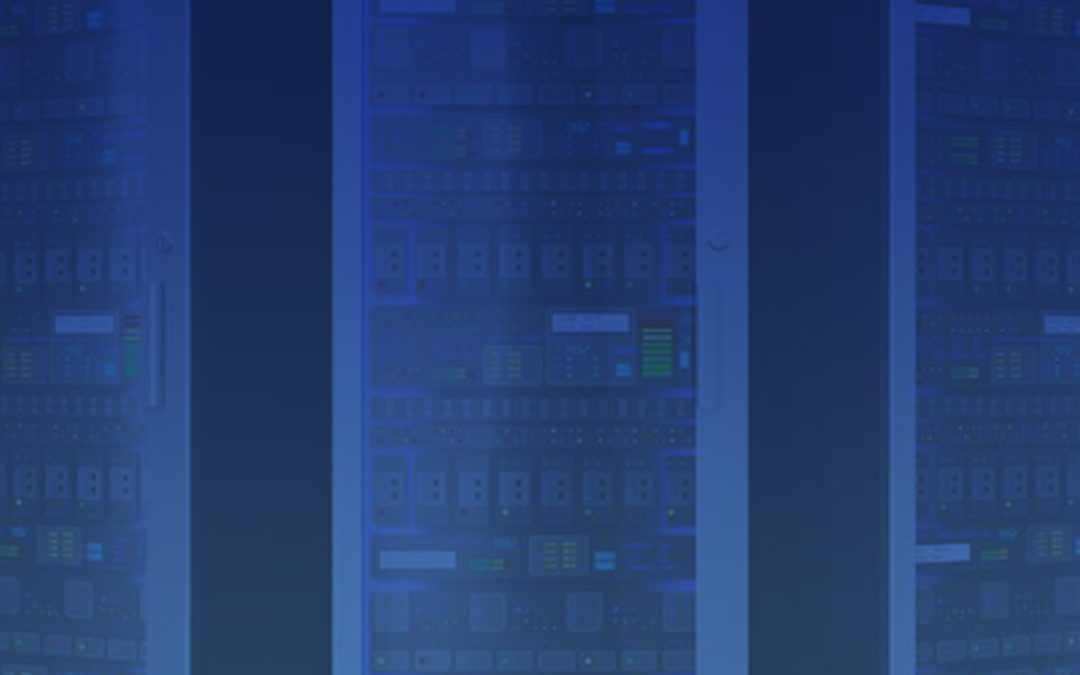In the modern era, the interaction between governments and their citizens has transformed significantly due to advancements in technology. Governments worldwide are facing the challenge of improving their communication endpoints to better reach their tech-aware citizens. This transformation is not just about embracing the latest technologies but also about ensuring that the services provided deliver maximum value for every dollar spent. In this article, we delve into the key aspects that government agencies typically require for the effective delivery of public services and explore the advantages of leveraging technology in this domain.
Enhancing Communication Channels
One of the fundamental aspects of improving citizen services is providing high-quality end-user experiences across various communication channels. This includes traditional channels like email and the internet, as well as modern ones like text messaging and Interactive Voice Response (IVR) systems. These channels enable citizens to interact with government agencies seamlessly, making inquiries, accessing information, and receiving updates conveniently.
Furthermore, the implementation of short number dialing for non-emergency services such as 211, 311, and 511 improves accessibility and ease of use. Citizens can quickly reach the relevant departments or services without having to remember lengthy phone numbers, thereby improving the overall user experience.
Round-the-clock Services and Emergency Response
In today’s dynamic environment, round-the-clock services are essential for addressing citizen needs at any time of the day. Emergency services, in particular, require robust infrastructure and efficient handling mechanisms. Emergency call facilities like 911 Public Safety Answering Points (PSAP) ensure prompt responses to critical situations, enhancing public safety and trust in government services.
Additionally, leveraging app-based service delivery significantly improves public safety measures. Features such as landline-enabled emergency response, satellite connectivity, 911 response handling, radio interoperable communications, and mobile continuity play a vital role in ensuring swift and effective emergency responses.

Ensuring secure and reliable networks
With the increasing reliance on digital platforms, the security and reliability of government networks have become paramount. Multi-factor authentication (MFA), network security appliances, and managed services are essential components in safeguarding sensitive data and preventing unauthorized access. Ransomware prevention and remediation strategies are also critical, given the rising threat of cyberattacks targeting government agencies.
Advantages of Technology Integration
The integration of cutting-edge technologies offers several advantages for government agencies in delivering effective public services:
Low Complexity with High Quality
Expert systems integrators can effectively integrate multi-vendor technologies and disparate systems, ensuring high-quality unified communications with minimal complexity.
Centralized App-Based Delivery
Centrally deployed apps meet real-time communication requirements, enhancing collaboration and information sharing among government agencies and citizens.
Utilizing In-Place Infrastructure
Leveraging existing infrastructure for new service delivery channels, self-service options, contact centers, and centralized web portals optimizes resource utilization and cost-effectiveness.
Enhanced Emergency Communications
Implementation of E911 systems and real-time notifications improves emergency response capabilities, enabling efficient routing and coordination during critical situations.
Vendor Partnerships and Ordering Information
Government agencies can benefit from strategic partnerships with reputable vendors specializing in secure networking, network management, and integrated communications solutions. Enterprise Systems Corporation, for instance, offers a range of services, including cloud and premises data center solutions, voice and phone systems, video services, contact center solutions, and network security solutions.
Conclusion
The role of technology in government agencies is pivotal in improving citizen services and enhancing overall efficiency and effectiveness. Governments, by embracing secure networking, integrated communications solutions, and modern technologies, can meet the evolving needs of tech-savvy citizens and maximize the value from every spent dollar. Strategic partnerships with reputable vendors and expert systems integrators make it easier to set up and manage technology-based solutions. This leads to a more connected, responsive, and citizen-centered government ecosystem in the long run.


Recent Comments